The bouncy egg experiment involved placing an egg in a glass, filling the glass with white vinegar and waiting for between 48 and 72 hours to see if the egg would become a bouncy egg. The shell of an egg is made of calcium carbonate. When you place the egg into the vinegar, you see bubbles, which is the chemical reaction of the acid in the vinegar reacting with the calcium carbonate to produce carbon dioxide. The egg gets larger as it sits in the vinegar. That is because some of the vinegar is absorbed by the egg through its semi-permeable membrane. Like with all science experiments, we had some positive and negative results!
The Bake Off Challenge showed that there are some very talented chefs in the school. We received lots of different examples of the pupils' baking skills such as Victoria sponge cake, biscuit cake, brownies, cookies, rice krispie buns, cup cakes and carrot cake - all of which looked delicious. We even had pupils making elderflower cordial!
Uploaded below are some examples of the "My Hero" written pieces, the bouncy egg science experiment and the Bake Off Challenge (click on the images to enlarge them). Amazing work once again from everyone!

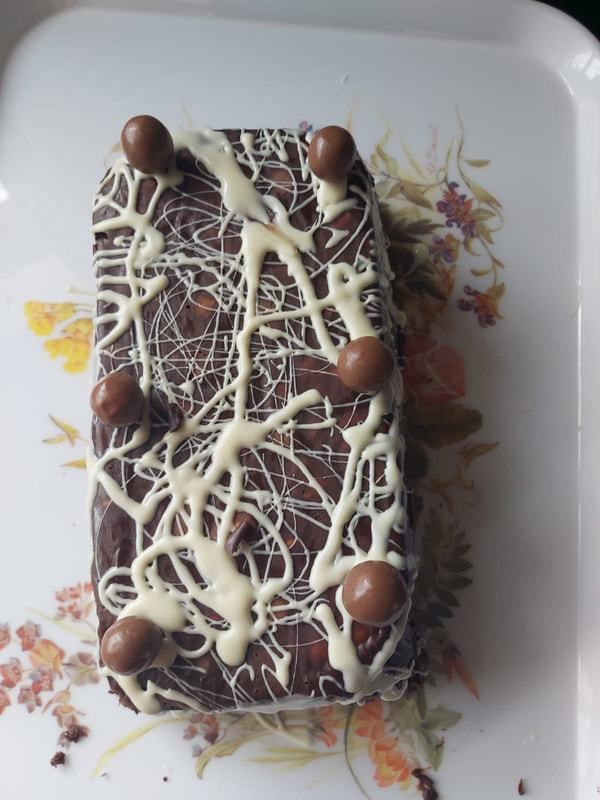

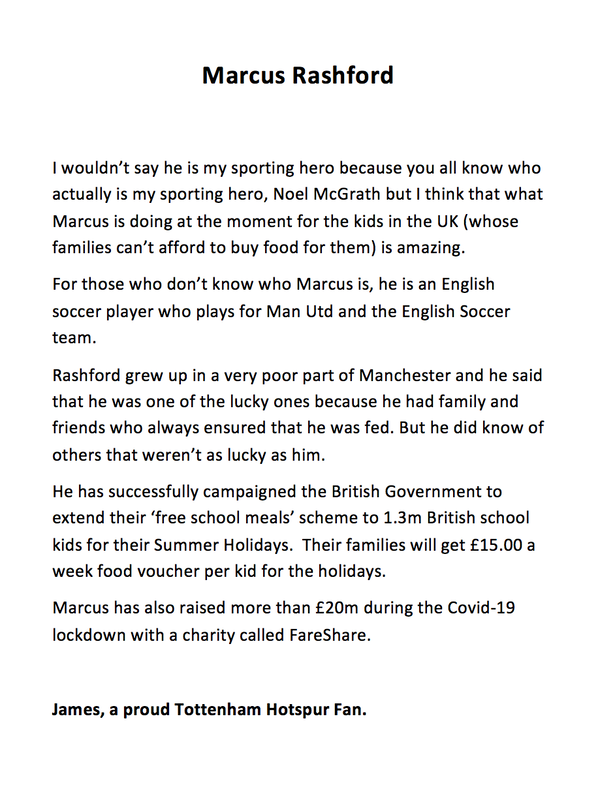
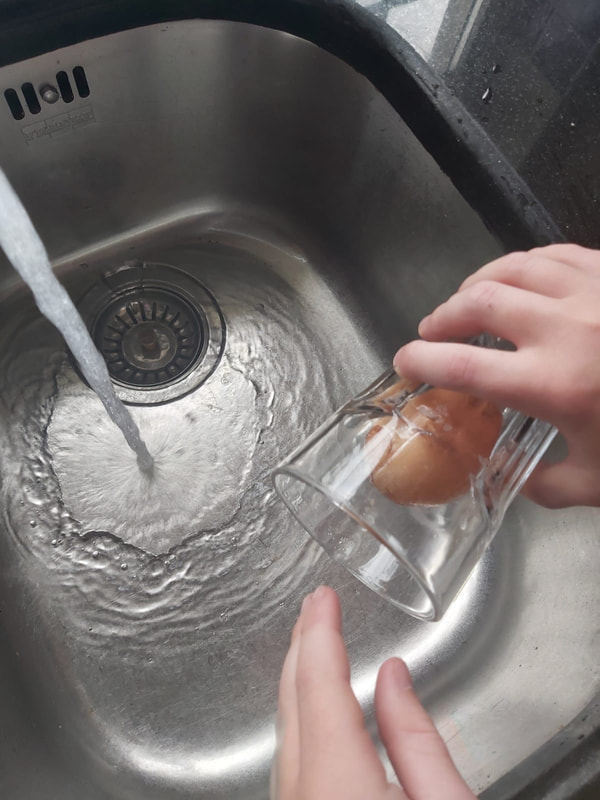
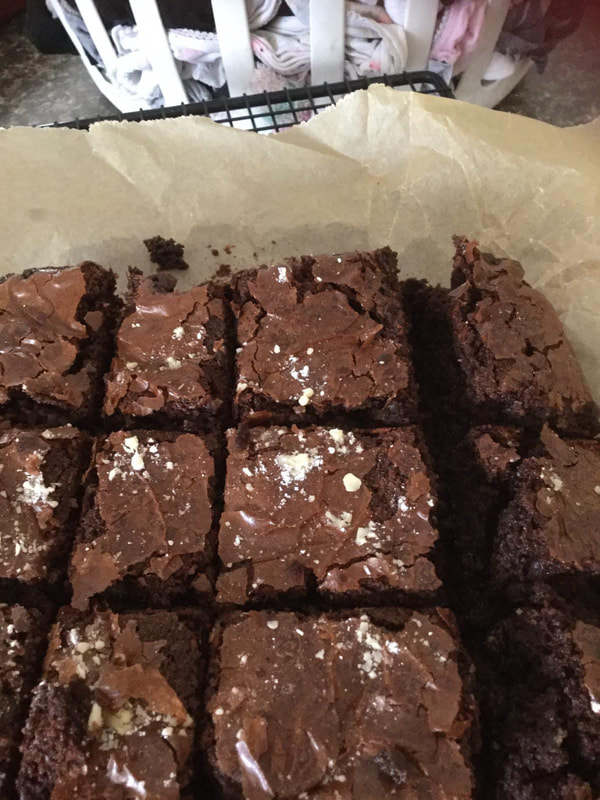
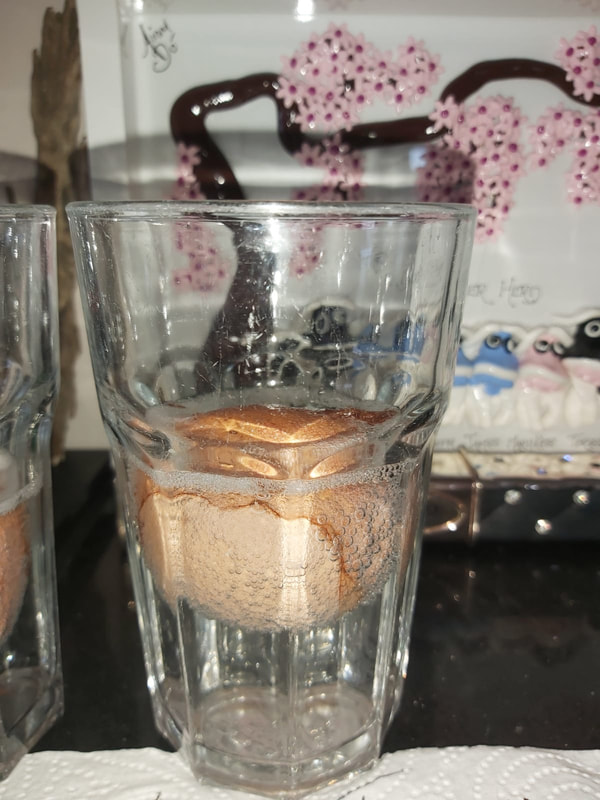
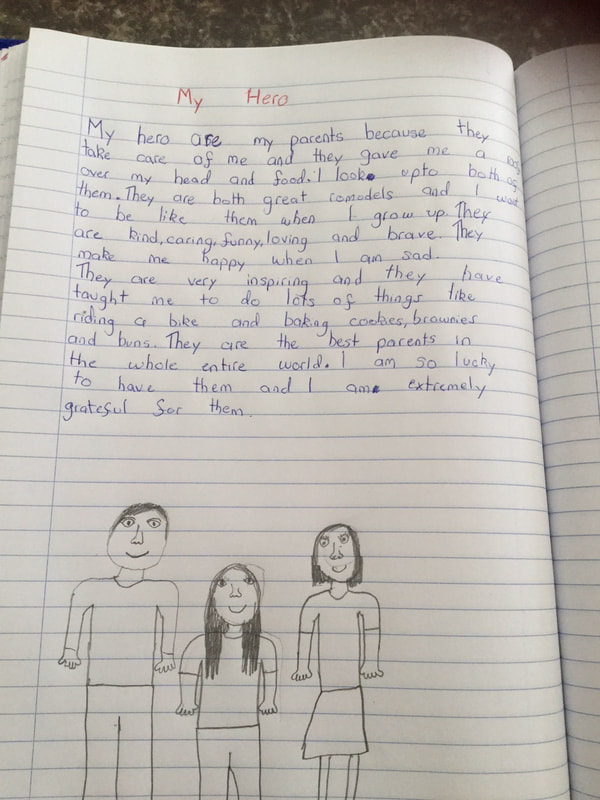
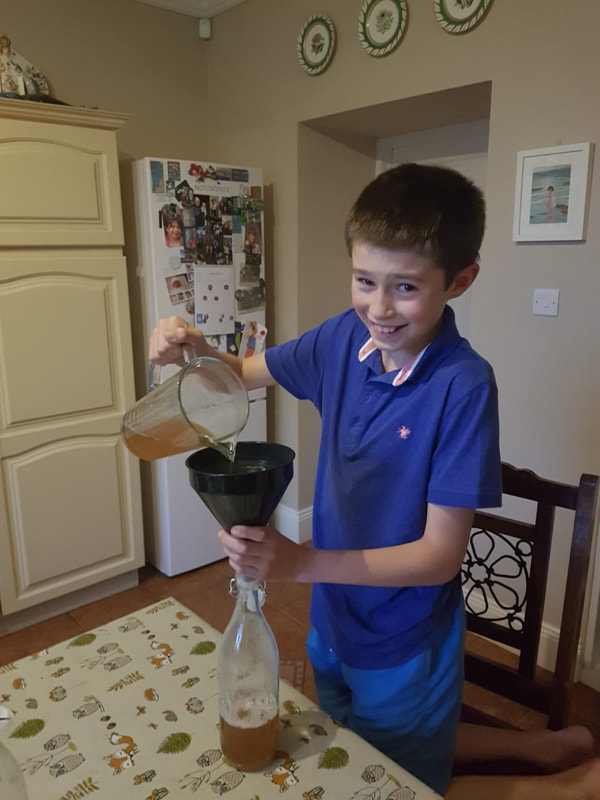
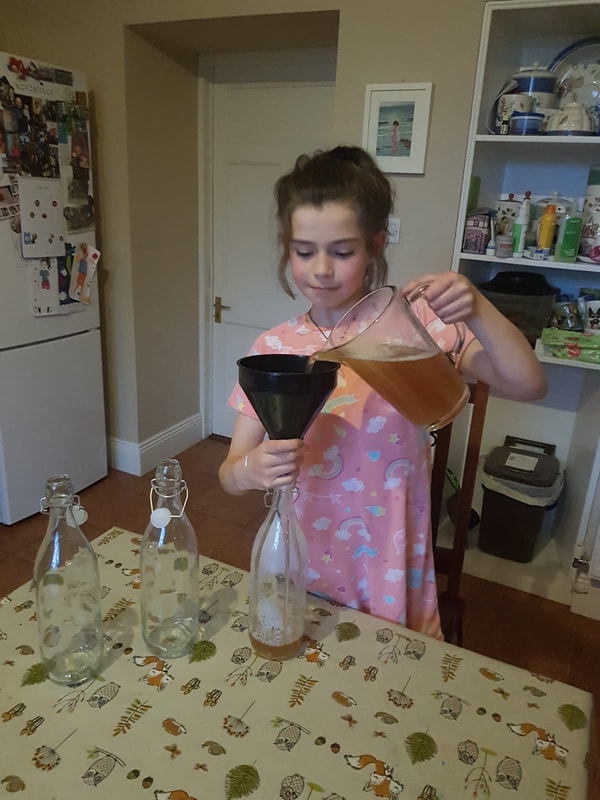
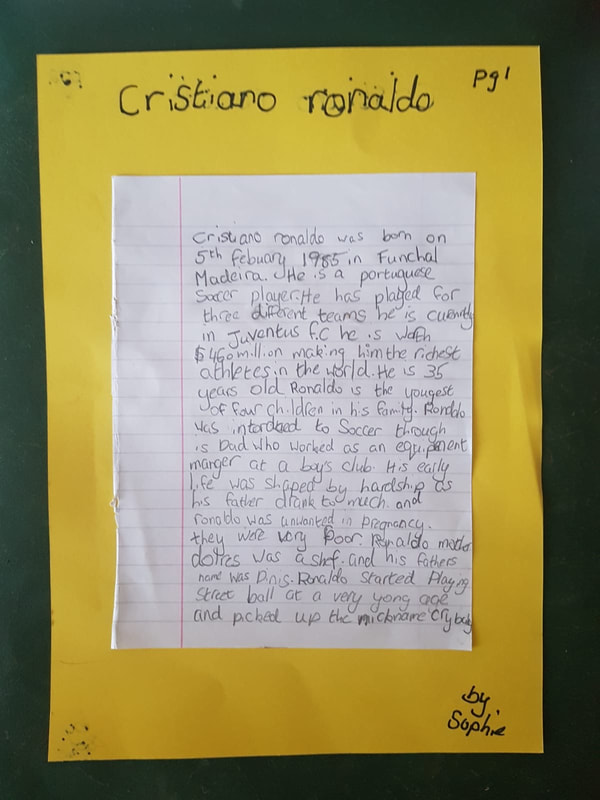
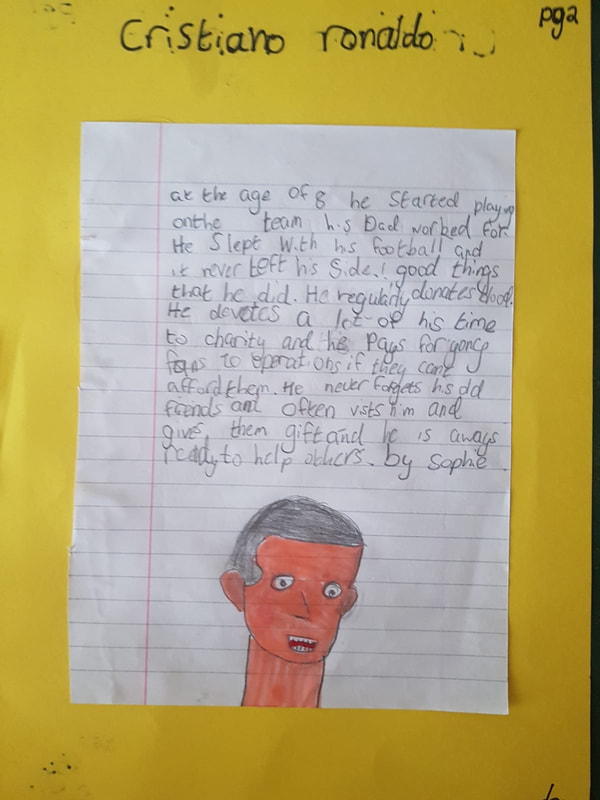
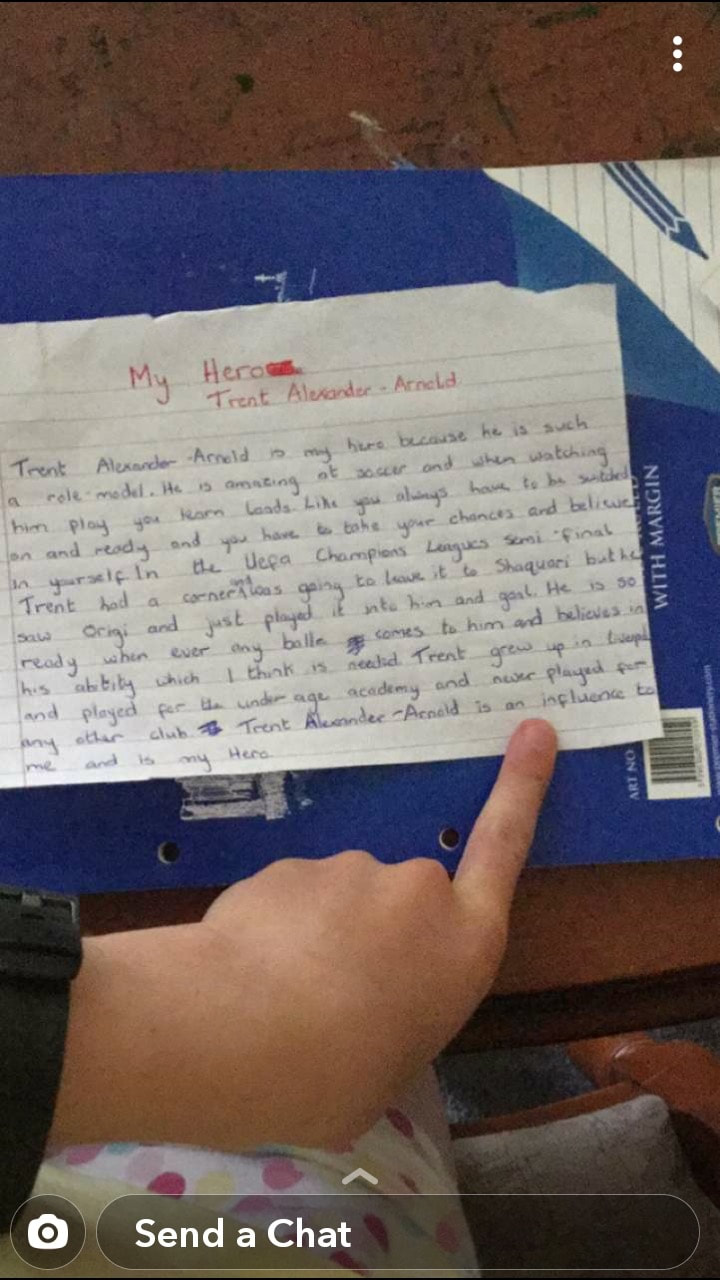
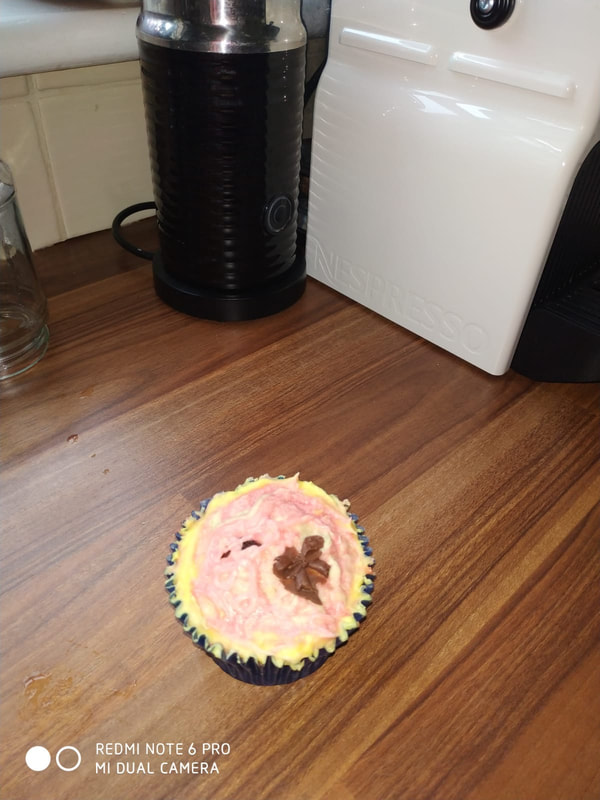
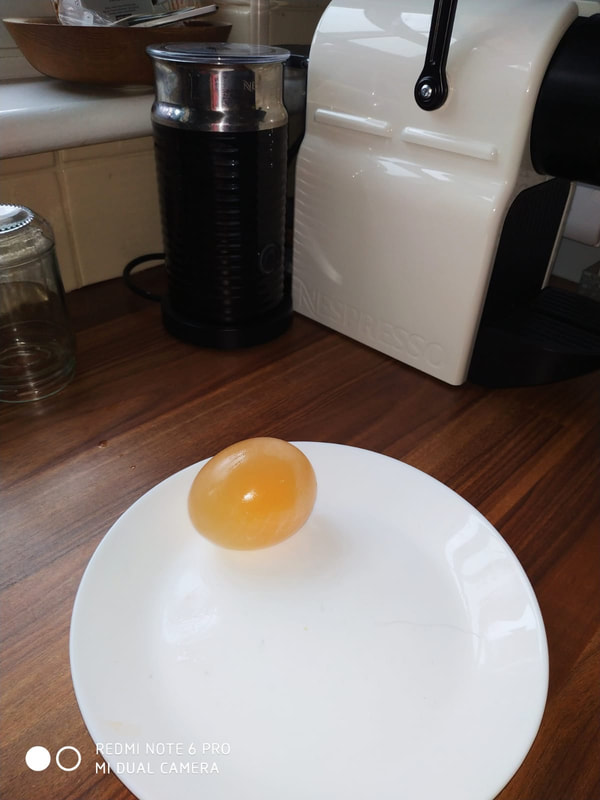
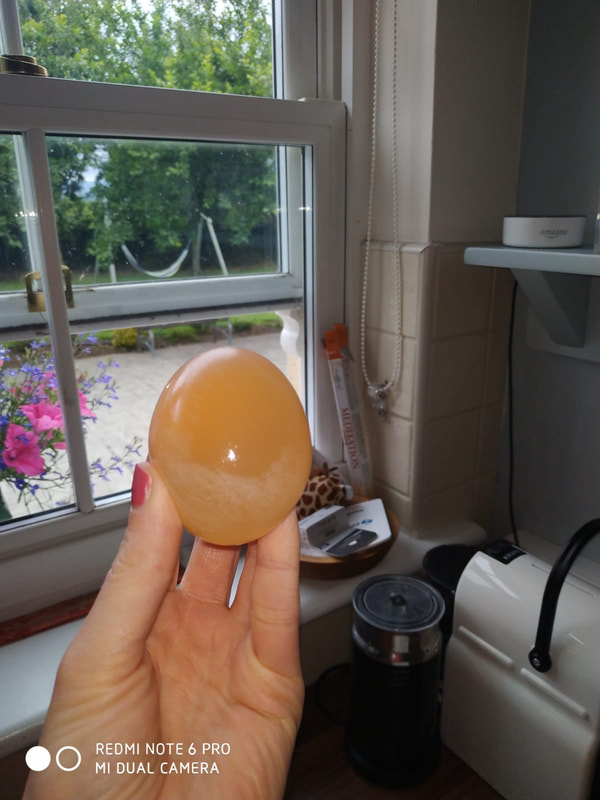

 RSS Feed
RSS Feed